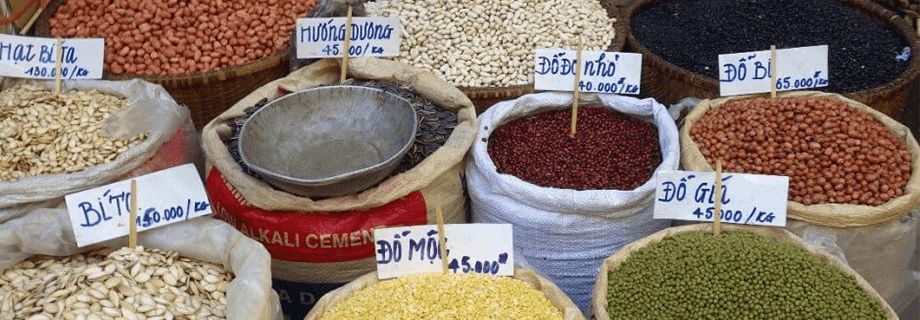Evaluating Ingredients – Effect of Crude Fiber in Poultry Part 1

There are many choices when formulating diets for food animals. Understandably, least-cost formulation programs are used to quickly determine how to meet certain nutrient requirements, different for each species, stage of production, climate, and so on, in order to maximize performance as inexpensively as possible.
It’s important to keep in mind that least-cost formulation programs only do one thing – assemble a diet without any knowledge of what happens in the animal. You must have an understanding of physiology and nutrition that is used to help guide the formulation program.
A good example of this comes from crude fiber – a somewhat inexact measure of the indigestible components of a diet. It’s inexact because better measures of indigestible components now exist, such as neutral detergent fiber.
Regardless, you have to understand how certain animals digest, or more importantly, do not digest these components in order to evaluate ingredients. Remember, when using a least-cost formulation program, first and foremost, reducing the cost is the goal. The software knows nothing about physiology and nutrition without the guidance of a nutritionist.
So, as an example, what happens when the crude fiber content of a poultry diet is increased? We can look at information from a thorough research study.
As the graph indicates, poultry are not able to effectively digest increased levels of crude fiber. The metabolizable energy, or that which can be used to support performance, declines because of the structure of the gastrointestinal tract of poultry (and birds in general). This also happens because modern poultry breeds are eating machines – they do not change consumption much at all with changes in nutrient composition.
In this experiment, crude fiber levels were increased using a mixture of 3 ingredients, and these results would have been different with other ingredients. Further complicating all of this, ruminants, like cattle, have a gastrointestinal structure that is designed to digest high levels of fiber. In addition, it’s likely that if the fiber-containing ingredients had been extruded, they would have had more metabolizable energy – so, understanding the effect of processing is critical as well.
It’s important to go beyond least cost when formulating diets. In Part 2 and beyond, I will discuss other nutrient indicators and how to use them when evaluating ingredients.


